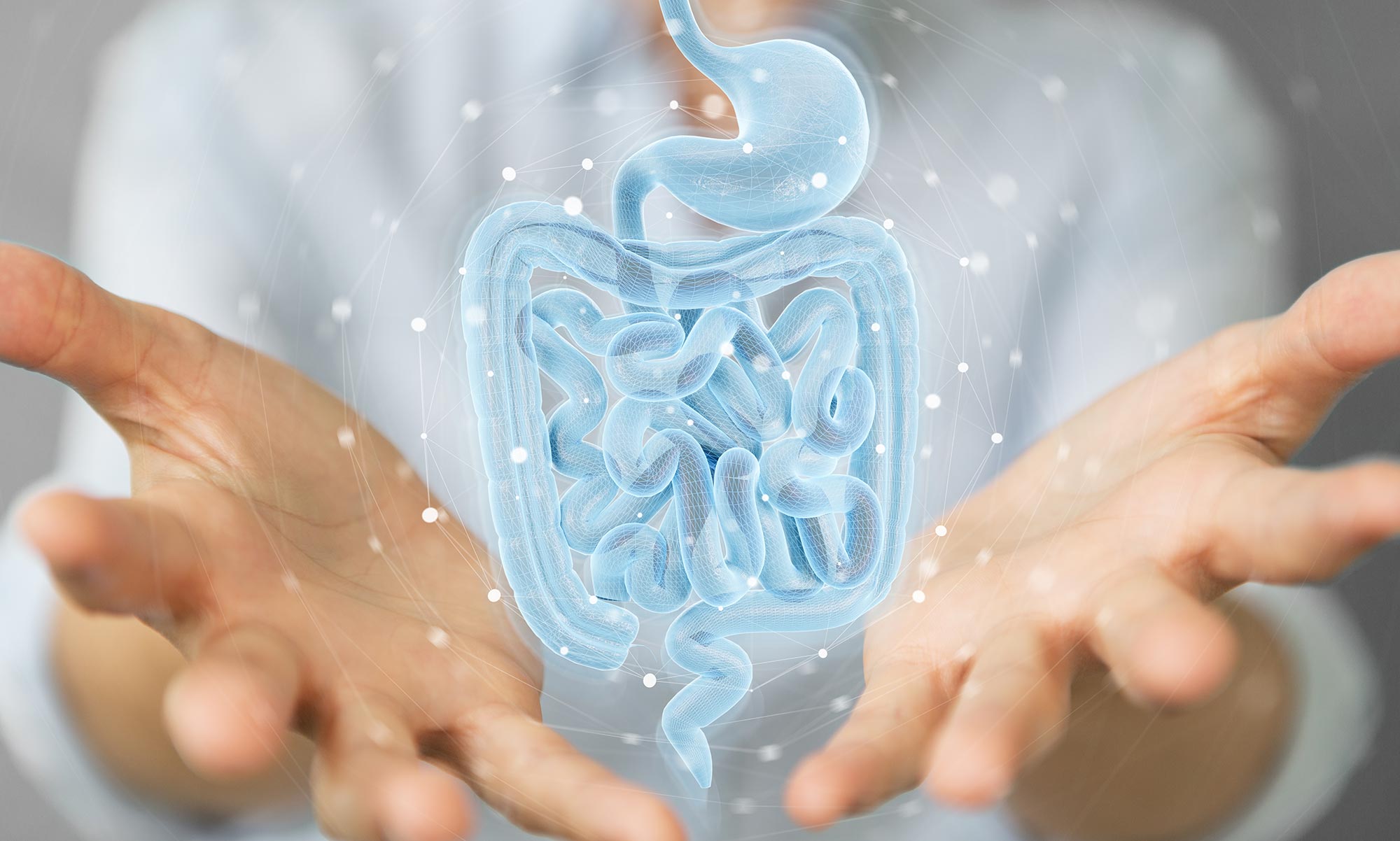Gut microbes produce D-lactate that worsens metabolism. A trap for it restores healthier blood sugar and liver function.
A group of Canadian researchers has identified an unexpected way to lower blood sugar and protect the liver: by capturing a little-known fuel produced by gut bacteria before it enters the body and causes harm.
The findings, published in Cell Metabolism, could open the door to new therapies to treat metabolic diseases like type 2 diabetes and fatty liver disease.
Microbial molecule disrupts metabolism
Scientists from McMaster University, Université Laval, and the University of Ottawa discovered that a molecule generated by gut microbes can cross into the bloodstream, where it drives the liver to overproduce glucose and fat. By designing a method to trap this molecule in the gut before it reaches circulation, they achieved striking improvements in blood sugar regulation and fatty liver disease in obese mice.
“This is a new twist on a classic metabolic pathway,” says Jonathan Schertzer, senior and corresponding author and professor in the Department of Biochemistry and Biomedical Sciences at McMaster. “We’ve known for nearly a century that muscles and the liver exchange lactate and glucose — a process called the Cori cycle. What we’ve discovered is a new branch of that cycle, where gut bacteria are also part of the conversation.”
In 1947, Carl Ferdinand Cori and Gerty Theresa Cori were awarded the Nobel Prize in Physiology or Medicine for showing how muscle-generated lactate fuels the liver to make blood glucose, which then cycles back to power muscle activity. Their work established the foundation for understanding how muscles use one form of lactate (L-lactate) and how the liver uses blood glucose in a tightly coordinated fuel exchange.
The Canadian team has now shown that obese mice — and even humans with obesity — carry elevated levels of a different molecule, D-lactate, in their blood. Unlike the well-studied L-lactate produced by muscles, D-lactate largely originates from gut bacteria and was found to raise blood sugar and liver fat more strongly.
Blocking D-lactate with a substrate trap
To stop this, the researchers created a “gut substrate trap” — a safe, biodegradable polymer that binds to D-lactate in the gut and prevents it from being absorbed. Mice fed this trap had lower blood glucose, less insulin resistance, and reduced liver inflammation and fibrosis — all without changing their diet or body weight.
“This is a completely new way to think about treating metabolic diseases like type 2 diabetes and fatty liver disease. Instead of targeting hormones or the liver directly, we’re intercepting a microbial fuel source before it can do harm,” says Schertzer, a member of the Centre for Metabolism, Obesity, and Diabetes Research (MODR) and Farncombe Family Digestive Health Research Institute at McMaster. Schertzer holds a Canada Research Chair in Metabolic Inflammation.
Reference: “Gut substrate trap of D-lactate from microbiota improves blood glucose and fatty liver disease in obese mice” by Han Fang, Fernando F. Anhê, Dana Kukje Zada, Nicole G. Barra, Rodrigo Rodrigues e-Lacerda, Breanne T. McAlpin, Ryan Wylie, Line Berthiaume, Étienne Audet-Walsh, Conor O’Dwyer, Peyman Ghorbani, Morgan D. Fullerton, Claudia Gagnon, André Tchernof, André Marette and Jonathan D. Schertzer, 29 July 2025, Cell Metabolism.
DOI: 10.1016/j.cmet.2025.07.001
Funded by the Canadian Institutes of Health Research (CIHR).
Never miss a breakthrough: Join the SciTechDaily newsletter.
